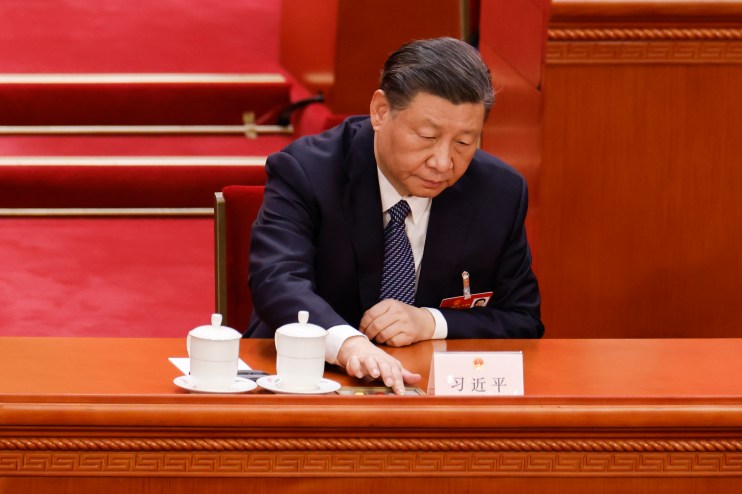Why China has opted for more stimulus — and why experts are not convinced it will work

China is rolling out a fresh stimulus package to support its economy, in a fresh sign that the ruling Communist party is growing anxious at the sluggish performance over recent months.
Late last night the government confirmed that it would issue sovereign debt worth around 0.8 per cent of GDP to support infrastructure investment in areas hit by natural disasters.
Mark Williams, chief Asia economist at Capital Economics, noted that its “rare for the central government’s fiscal plans to be revised outside the usual budget cycle, so this move signals clear concern about near-term growth.”
So, why has the government intervened?
Recovery from Covid-19
China was already experiencing an economic slowdown before the Covid-19 pandemic, but three years of strict lockdowns have taken their toll and contributed to a sluggish recovery.
Despite recent upticks, retail sales and industrial output have grown at a slower-than-expected pace this year. A fall in demand has raised fears of deflation as cash-strapped households and firms are unwilling to spend. In September, China’s rate of inflation stood at zero.
Meanwhile, youth unemployment has hit record highs as companies wary about finances are reluctant to hire more workers.
Already, the Chinese central bank has cut interest rates while the government attempted to boost its flagging property sector, among a range of other measures to support growth.
Given slowing growth in China, Tom Hopkins, portfolio manager at BRI Wealth Management, said “China’s announcement of fresh stimulus comes as no surprise.”
“The economy has been struggling for some months now,” he added.
Although most economists still expect China to hit its five per cent growth target for 2023, they anticipate growth slowing over the coming years largely thanks to issues in the property sector.
Property market turmoil
The turmoil engulfing China’s enormous property market, which makes up around 30 per cent of the country’s GDP, is a major weight on growth.
A wave of urbanisation from private and state property developers in the 21st century created an enourmous bubble as firms took on large debts to build enough houses.
The government responded to the bubble by attempting to aggressively regulate how much debt these firms could amass.
But the so-called Three Red Lines policy backfired and effectively caused China’s largest property developer, Evergrande, to default, which kickstarted a series of bankruptcies across smaller firms.
And the crisis is far from over. China’s biggest private developer, Country Garden, seems to be heading for default now too.
The behemoth was deemed to be in default on a dollar bond, according to reports from Bloomberg. It reportedly missed a $15.4m offshore bond payment earlier this month and has racked up around $200bn in debt.
The next step for Country Garden is likely to be restructuring.
Will it work?
China faces a lot of problems but there is some hope that the government is doing enough to support its flagging economy.
Zhu Min, former deputy governor of the People’s Bank of China, told Bloomberg that the plan would have a “big impact”. He argued the package was clearly “earmarked” for certain sectors which would help improve China’s competitiveness over the long-run too
The action in itself might be enough to improve confidence in the Chinese economy given that an intervention has been rumoured for many months.
“Top policymakers demonstrated their focus on the economy and financial market via various gestures today, which may help restore confidence to some degree,” analysts at Goldman Sachs said.
The problem however is that it does little to address China’s underlying problems, including the property market and low levels of domestic consumption.
The other problem is that the intervention is not actually that big. China was already nearing its annual quota for bond issuance due to its large ongoing support for the economy. Without issuing more, central government funding was projected to fall sharply.
This means the investment is enough to maintain levels of government support, but not to increase it.
“The new financing should sustain fiscal activity, but it won’t give it much of a boost. If all the new central government bonds are issued by the end of December, total government bond issuance in Q4 will still be lower than it was in Q3,” Williams said.
In other words, this looks more like a sticking plaster. More will be needed to reinvigorate China’s economy.